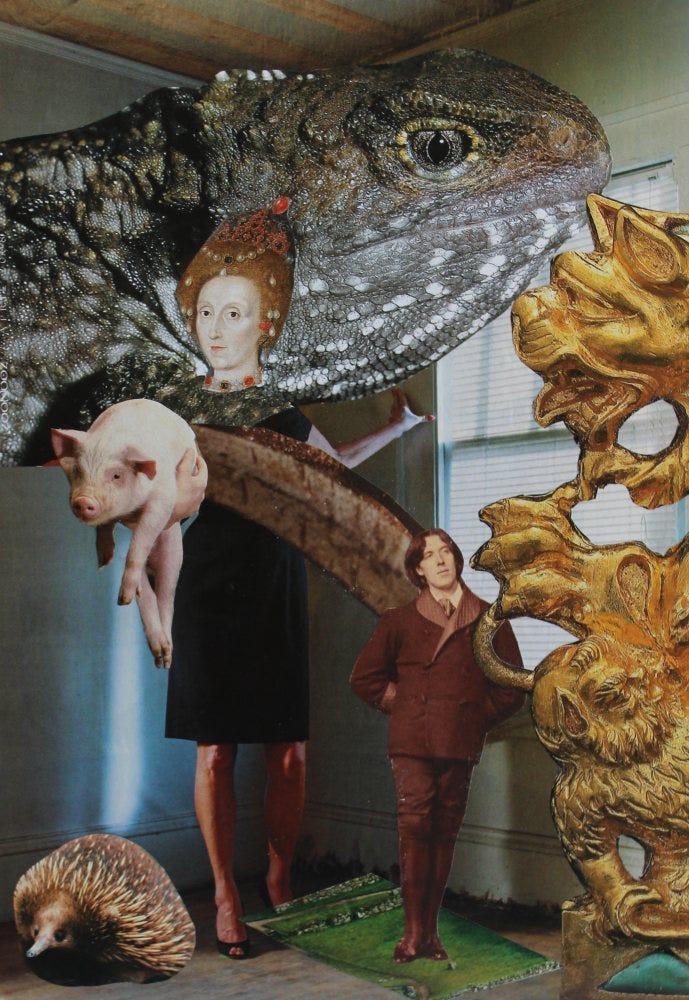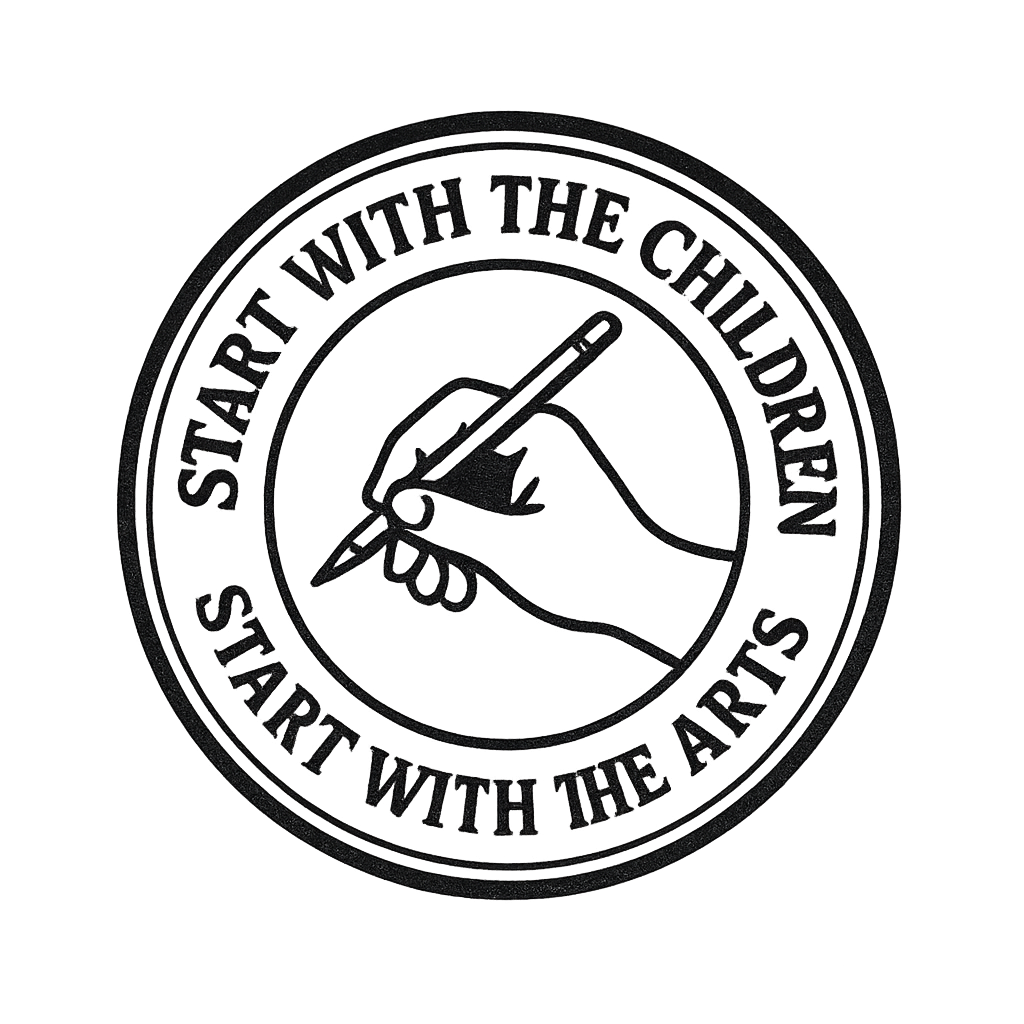Training Teachers for an Arts-Based Education Model
#CreativeFreedomAct #CultureShiftAct #CreativeSocietyAct
Training Teachers for an Arts-Based Education Model
If we shift schools from the industrial model to an arts-based, whole-brain model of learning, the single biggest transformation must happen in teacher preparation. The current system trains educators to deliver subject matter in silos, measure performance by standardized tests, and manage classrooms for order and efficiency.
An arts-based education turns that on its head. The teacher is no longer primarily a content deliverer, but a creative guide, mentor, and co-learner. This requires a different kind of training, one that emphasizes creativity, integration, and collaboration over rote delivery.
1. From Subject Specialist to Creative Integrator
Now:
Teachers train to specialize deeply in one subject area (math, history, science) and deliver it in isolation.
Collaboration across disciplines is rare and often logistical, not creative.
Arts-Based Model:
Teachers learn to integrate multiple disciplines through artistic mediums.
A science teacher might co-design a project with a theater teacher; a history teacher might work alongside a music educator to create a historical oratorio.
Teacher training includes interdisciplinary project design and collaborative teaching methods.
2. Studio Mindset Instead of Lecture Hall Mindset
Now:
Classrooms are designed for passive reception of information.
Teachers are trained to “cover” material efficiently.
Arts-Based Model:
Teacher training happens in studios, rehearsal spaces, and maker labs—not just lecture halls.
Educators practice guiding hands-on, collaborative, long-form projects where the process is as important as the product.
Assessment training focuses on portfolio review, exhibitions, and performances instead of standardized tests.
3. Emotional Intelligence and Facilitation Skills
Now:
Teacher training often treats emotional development as secondary to academic delivery.
Classroom management focuses on discipline and compliance.
Arts-Based Model:
Emotional intelligence is central. Teachers are trained in active listening, group dynamics, and conflict resolution.
Facilitation skills become as important as subject expertise. Teachers learn to guide critique sessions, mentor creative risk-taking, and support students through the uncertainty inherent in creative work.
4. Partnership with Technology and AI
Now:
Technology training often focuses on using software for grading, presentations, or test preparation.
Arts-Based Model:
Teachers are trained to use AI and digital tools as creative partners, not just administrative aids.
Training covers how to integrate AI into artistic projects while preserving student authorship and discernment.
5. Continuous Artistic Practice for Teachers
Now:
Many teachers stop practicing their own art once they begin teaching due to time and workload.
Arts-Based Model:
Teacher training programs require educators to maintain an active creative practice—whether that’s painting, music, writing, or performance.
Schools build in professional development time for teachers to collaborate on their own creative projects, modeling lifelong learning for students.
This might include on-site studio spaces for teachers.
6. Community Engagement and Cultural Literacy
Now:
Limited focus on connecting classroom learning to local communities and cultural traditions.
Arts-Based Model:
Teacher training includes building partnerships with local artists, cultural institutions, and community groups.
Educators learn to design curriculum that draws on students’ cultural backgrounds and lived experiences, making school a hub for community life.
In short: training teachers for the new arts-based environment means preparing them not just to “teach a subject,” but to orchestrate experiences that engage students’ full humanity. The teacher becomes part mentor, part director, part creative collaborator—helping students weave knowledge, skills, and imagination into something living and shared.
Blueprint for a School for Creative Educators
If we expect teachers to lead students into a fully arts-integrated model of learning, they need a training environment that mirrors the one they will create. This means abandoning the lecture-heavy, theory-first structure of most teacher preparation programs and replacing it with a studio-based, practice-first model.
Below is a proposed framework for a School for Creative Educators—a teacher training institute built specifically to prepare educators for an arts-based education in the age of AI.
1. Structure and Duration
One-Year Immersive Residency (for new teachers) or Six-Month Sabbatical Program (for experienced teachers).
Operates as a working arts school, where teacher-trainees and students learn alongside each other in real projects.
2. Core Training Areas
A. Creative Integration Labs
Purpose: Learn to teach traditional academic subjects through artistic mediums.
Format: Hands-on workshops where teacher-trainees design and test multi-disciplinary projects.
Example Projects:
Building a working model of the solar system through kinetic sculpture.
Teaching algebra through rhythm composition and choreography.
Exploring civil rights history through theater and spoken word performance.
B. Studio Practice and Artistic Discipline
Every trainee chooses a primary art form (music, visual arts, theater, dance, writing, film) and maintains an active personal practice.
Weekly studio days focus solely on developing the educator’s own art, fostering empathy for the creative process they will guide in students.
C. Collaboration and Ensemble Skills
Trainees work in rotating, cross-disciplinary teams to create integrated curriculum modules.
Training in ensemble-based leadership: how to guide, listen, adapt, and resolve creative tensions.
D. Emotional and Social Intelligence
Courses in active listening, conflict resolution, and group facilitation.
Practice in guiding critique sessions that build trust and resilience rather than fear of failure.
E. Technology and AI Partnership
How to use AI and digital tools for creative exploration without surrendering authorship.
Example: Co-writing with AI, then guiding students to rework the draft into a fully human expression.
F. Community Engagement Practicum
Trainees partner with local artists, cultural groups, and civic organizations to design community-facing projects.
Students present work in public exhibitions, performances, and festivals as part of their training.
3. Learning Environment
Spaces: The School for Creative Educators is housed in a converted cultural facility—a theater, gallery, or community arts center—so that creativity is the daily atmosphere.
Schedule: Long project blocks (3–5 hours) instead of short, fragmented sessions.
Assessment: Portfolios, public showcases, reflective journals, and peer review replace multiple-choice exams.
4. Mentorship Model
Each trainee is paired with a Creative Mentor (an active artist) and an Academic Mentor (an experienced educator) to ensure both artistic vitality and pedagogical depth.
Mentorship includes co-teaching real classes with students to bridge theory and practice.
5. Graduation and Ongoing Support
Graduates leave with a fully developed Arts-Integrated Curriculum Portfolio they can implement immediately.
An alumni network supports collaboration between educators across schools, sharing project ideas and resources.
6. Cultural Impact
The School for Creative Educators would become a seedbed for cultural renewal, training teachers who not only transmit knowledge but knit back the frayed fabric of attention, social cohesion, and imagination in their communities.
Start with the children. Start with the arts.
Myself, I am a parent, grandparent, studio artist and a citizen. My job and my duty is to start the conversation and seed the imagination. It is up to others in the right places to nurture it into a reality. We all have a part to play. What’s your part? Do it.
Hashtags to use: #CreativeFreedomAct #CultureShiftAct #CreativeSocietyAct
web address: https://www.touchonian.com/s/creative-freedom-act





Having been a teacher at a time in my life, and observing other teachers, I think you are correct in saying that teachers don't have a lot of time to develop curriculum of any kind. I used to love developing Lesson Plans rather than having to follow institutionalized Lesson Plans provided to schools.
Administrations want to make sure that students learn basic stuff, and hopefully some of it sticks. Boring for teachers and boring for students. I would love to see an Arts Based Curriculum available that would address the basic subjects in a more artful format, that is already available for teachers to use. I could see it starting out very simple so it doesn't take a lot to figure it out and both teachers and students could see the benefit.
I think once it catches on, it would demonstrate how effective it really is. In fact, when I used Arts Based plans, it was less work for both the teachers and students as well. Kids didn't need to do much homework and I didn't need to spend so much time having to correct students' work once I got home.
My class ended the school year where 92% students were producing work that was above grade level, where it was just the opposite at the beginning of the year, only 8% were performing above grade level and 92% were below!
I have so much to say about this form of teaching but I already write too much. I have seen it and done it in person, and I guarantee you, it is not hard.